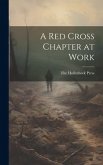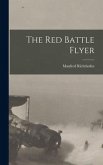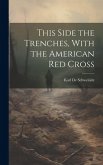The daring air aces of World War I faced more than the enemy when they took to the sky--they faced the odds. Their chances of being hit were high; the odds of their hitting the enemy were low. One pilot, French Captain Albert Moris, reported 400 hits to his aircraft in his 253 hours of flying, more than a hit per hour. Even the most maneuverable of the British fighters, the Sopwith Camel, lost as many machines as its pilots shot down. Pilots flying Camels rang up 1,294 victories, but 1,500 machines were lost to accidents and enemy fire, and many Camel pilots died within weeks of entering combat. Was it luck or skill that sustained the Red Baron, the German ace who flew, fought, and thrived until he was finally shot down in April 1918? Gunning for the Red Baron gives the lowdown on why it was so hard to score a hit, what qualities helped the aces succeed, and the weapons and planes that were celebrated in the "air war to end wars." Most basically, this richly illustrated book explains why aim was so notoriously bad. Drawing on his army service at the Ballistics Research Lab, data from London's Public Records Office, and careful study of Great War technology, author Leon Bennett analyzes combat sequences, the arts of aerial gunnery, and the weapons themselves. His detailed insight into the mechanics of air warfare allows him to reach some starling conclusions about one of the enduring controversies of World War I: what finally brought the Red Baron down.
Hinweis: Dieser Artikel kann nur an eine deutsche Lieferadresse ausgeliefert werden.
Hinweis: Dieser Artikel kann nur an eine deutsche Lieferadresse ausgeliefert werden.








